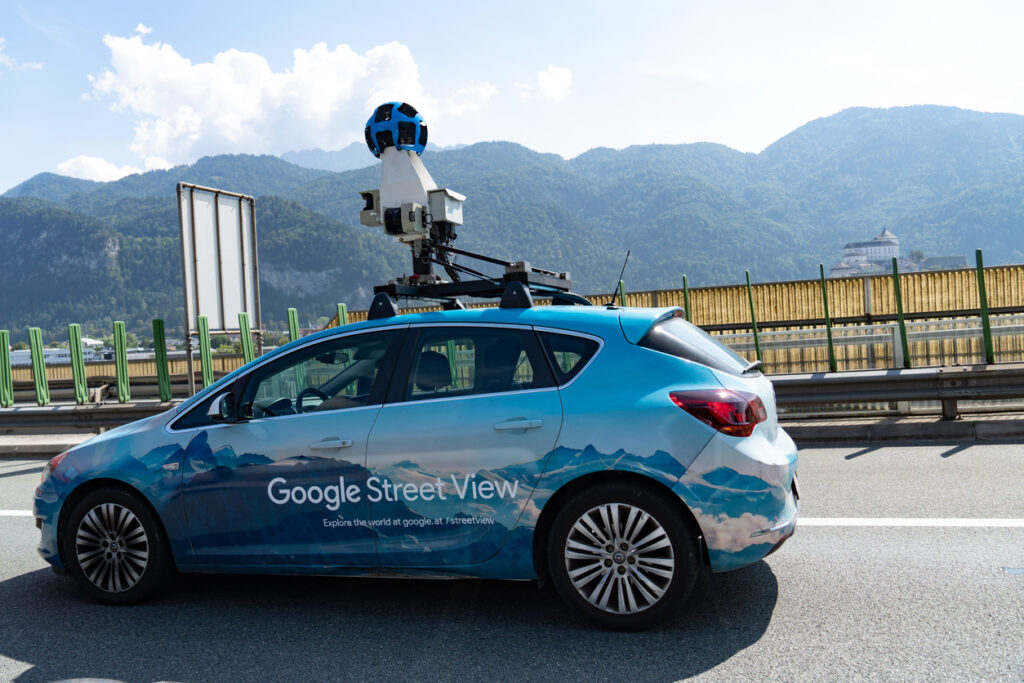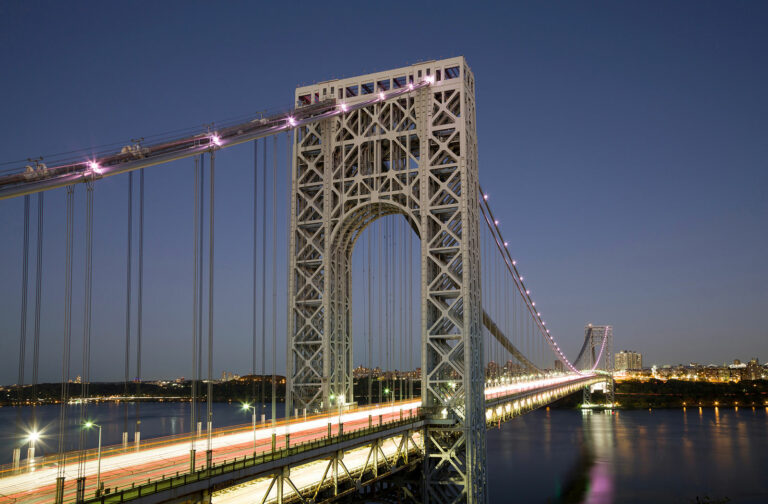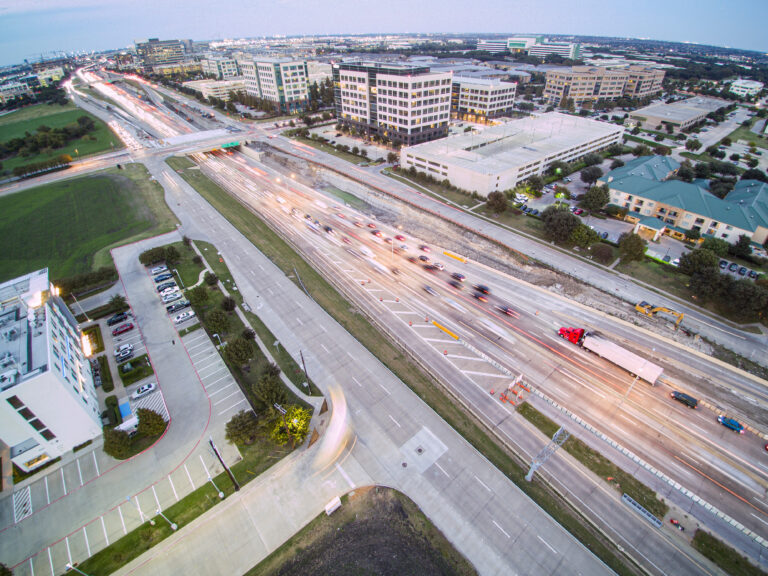A True Game Changer: Examining the Upcoming Google and Blyncsy Partnership

For most government agencies, collecting accurate and comprehensive road condition data is expensive and difficult to scale. The Google and Blyncsy partnership is looking to change that. The partnership enables Blynscy users to leverage the crowdsourced dashcam footage and receive full access to the global Google Street View database. This fully functioning system has high-quality […]



